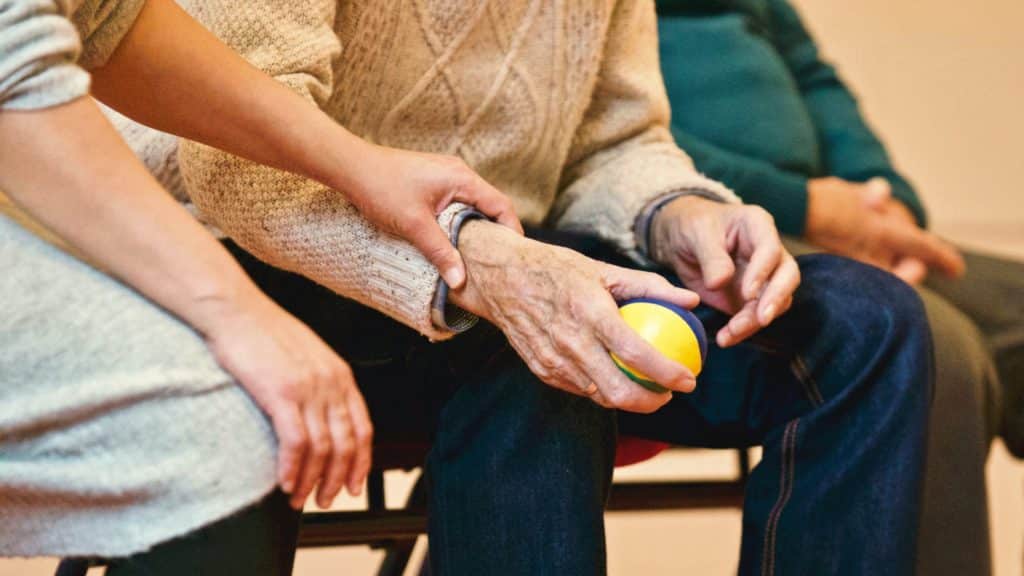To be truly inclusive in our workplaces, we must ensure that everyone has accessible ways to be safe during a fire. This article explains how to identify those who may be more vulnerable in an emergency and how to cater to their needs when considering fire safety.
How Can Vulnerable People Be Affected by Fire Safety Measures?
Children, as well as those who are differently abled or elderly, can be affected by insufficient fire safety considerations in a multitude of ways, including:
Inaccessible Escape Routes
For people with physical disabilities, existing escape routes could be insufficient. Narrow stairwells and doorways present issues for those who are wheelchair bound or have mobility problems.
Illegible Signage
For people with visual impairments, correct and sufficient signage is important. For example, using textured flooring and high contrast stair nosings and handrails.
Inaccessible Fire Alarms
If someone has a hearing impairment, audible fire alarms can sometimes be easily ignored, leading to devastating consequences.
Vulnerabilities are extremely diverse and can affect your fire safety provisions in many ways. Therefore, it is important to adjust your Fire Risk Assessment process to include every type of building user.
What is a ‘Person-Centred’ Risk Assessment?
Conducting a person-centred risk assessment when considering those who are vulnerable or differently abled is critical. It should focus on the person’s individual abilities and activities, as well as an evacuation plan. The National Fire Chief’s Council set out 9 steps to go through when creating this type of Fire Risk Assessment:
Consider the characteristics, behaviours, and capabilities of the person.
Determine potential causes of fire – what existing safety measures exist?
Identify any circumstances that could lead to the rapid development of fire.
Identify existing measures to protect the person if a fire occurs.
Consider the capacity of the person to respond appropriately to fire alarm signals or signs of fire.
Consider how easily they can evacuate during a fire.
Determine the level of risk to the person from fire.
Prepare an action plan – this should be shared with the person as well as those who care for them in case of an emergency.
Determine the period for review of the assessment.
What Else Should You Consider?
Although person-focused risk assessments are a vital part of protecting vulnerable people from fires, they cannot be simply completed in a vacuum. The building itself can have vulnerabilities – even down to where it is situated in relation to a fire station.
It is also important to go beyond escape routes and material changes to the building and implement a strong fire plan. This could mean consulting building users with disabilities on their evacuation plans and including experts in the process.
Finally, it’s vital to know and recognise your own limitations as a Responsible Person and when it is time to bring in extra help. For expert advice on fire protection and prevention, contact Martyn Young Fireproofing Consultancy on 07585 896648
The post Identifying And Protecting the Vulnerable When it Comes to Fire Safety appeared first on Total Fire Group.


